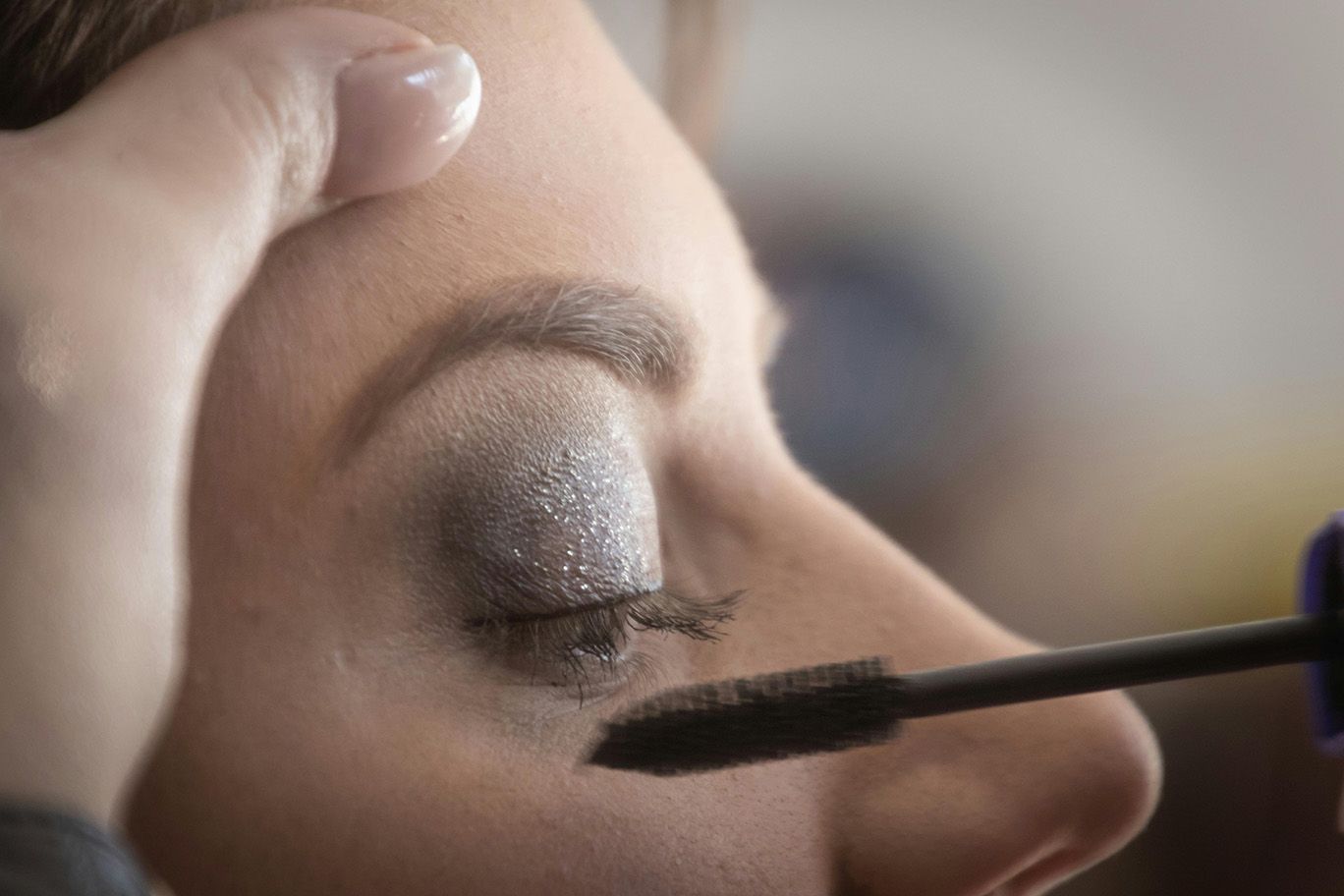Blog

All About Glare
Posted: Wednesday 6th November 2019
Guest post by: Nick Edgeworth
"Now that the clocks have gone back, the dark evenings can be challenging - more dazzle and glare from car headlights and close work in artificial lighting can be more tricky than in daylight. You may know that many modern spectacle lenses are optimized to reduce glare and enhance clarity - but have you ever wondered how? For November we have a guest blog from Nick Edgeworth, an Optician from our Alresford and Winchester branch to explain how anti-reflective technology works to reduce glare……

November marks the 177th birthday of John William Strutt, 3rd Baron Rayleigh and Nobel Prize winner for Physics. Although probably not well known to the general population, Rayleigh’s research into wave patterns & the scattering of light were hugely influential in the optical community, and paved the way for the development of the anti-reflective lenses which are essential to most of us today.
Although you’ve probably been recommended anti-reflective, or AR lenses, by your optician, you may not know what they do or how they work. All spectacle lenses can be thought of as four surfaces, two external and two internal, where each refract and reflect light. AR lenses work to reduce the reflected portion of this light, and allow as much as possible to reach the eye and give the clearest vision. The benefits of these lenses also include reducing ghost images and glare caused by car headlights and the digital devices all too prevalent in modern society, as well as enhancing the appearance of your glasses by making your eyes more visible to others.
For these lenses to work as advertised, the science needs to be correct to pinpoint accuracy. It was Lord Rayleigh in 1886 who first noticed that a tarnish on glass lenses created an effect similar to a thin film, and that this reduced reflections on the lens surface. By carefully modulating the refractive index, the amount by which the material refracts light compared to air, the reflections could be reduced even further. This process became known as Rayleigh’s Film.
With Rayleigh’s work forming the basic theory, Ukrainian physicist Olexander Smakula developed the modern anti-reflective process whilst working at the Carl Zeiss optical company. Interference finishes are those most prevalent used in modern Optics, and work by vacuum sealing a layer over the lens with thickness relative to the wavelength of visible light. This causes the light bouncing back to match that still approaching and cancel itself out, a process quite dramatically termed destructive interference. Modern lenses use multiple layers for different wavelengths and can almost eliminate reflections. We call these Multi-anti reflective or MAR lenses.

Rawlings source most of our lenses from Hoya, whose processes are some of the best in the industry. As well as the standard High Vision Aqua AR lenses, Hoya also offer the highest scratch resistant rating currently available and a two year warranty with their High Vision Long Life lenses. For even more benefits, the High Vision Long Life can be upgraded to include UV absorption to protect the eye, or Blue Control technology, which reduces blue light, and improves visual comfort and contrast, particularly when working on a screen. Hoya’s En-Route lenses combine a glare absorbing lens material with a specialist anti-glare surface for the most comfortable vision for night driving.
Visit your local practice to ask our team of Opticians for a demonstration and find out more about all the lens options we offer, and which would be the best for you, today."
< Back




